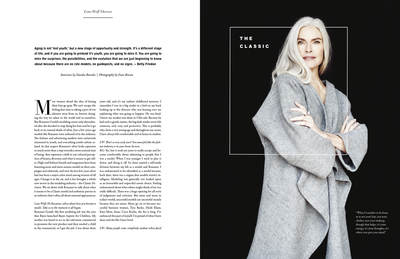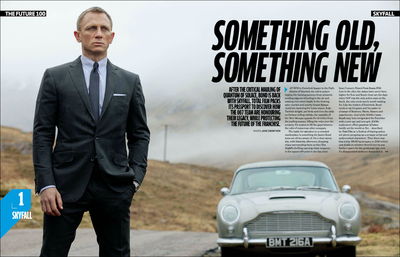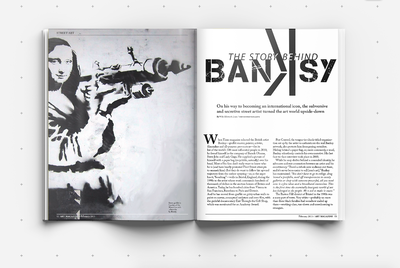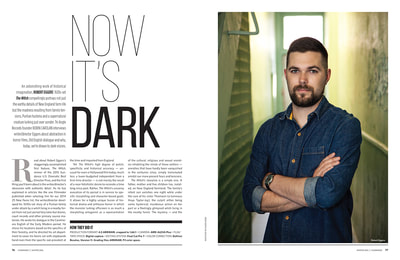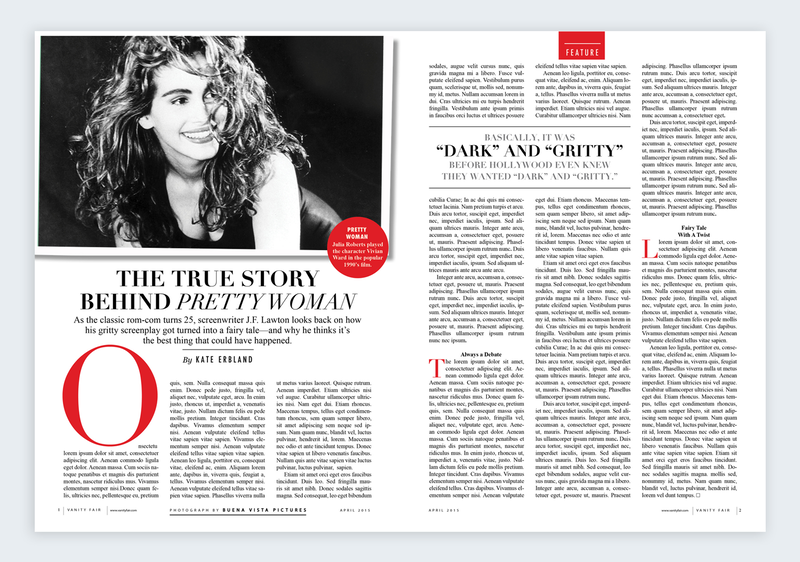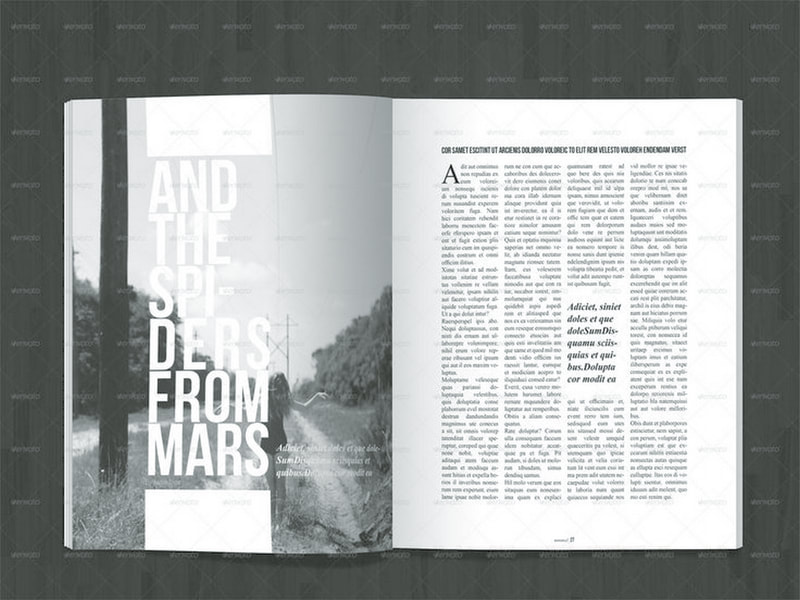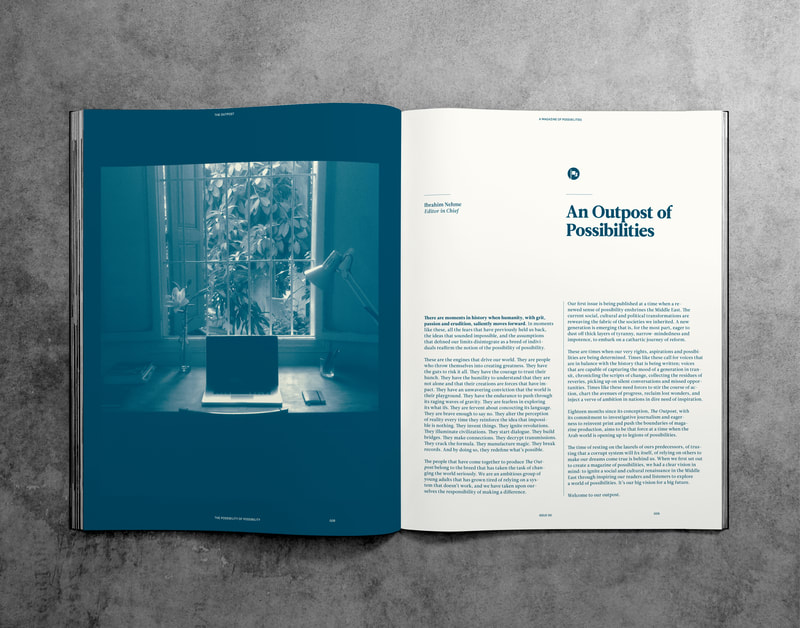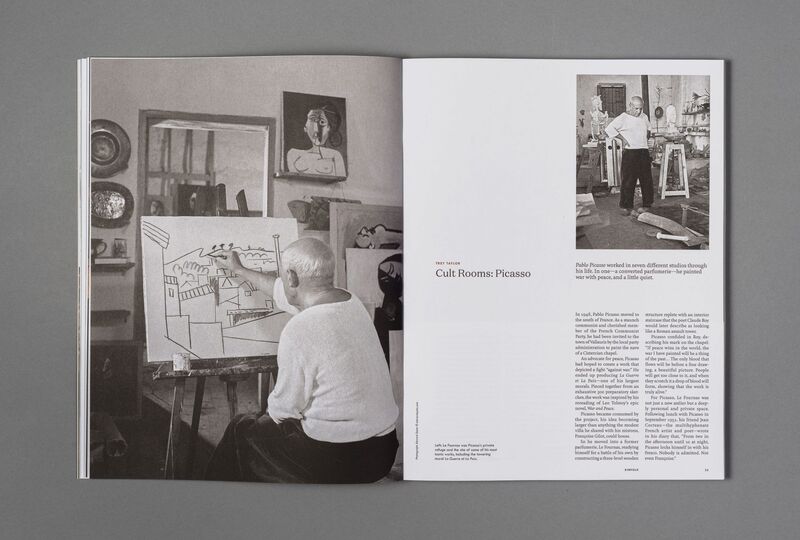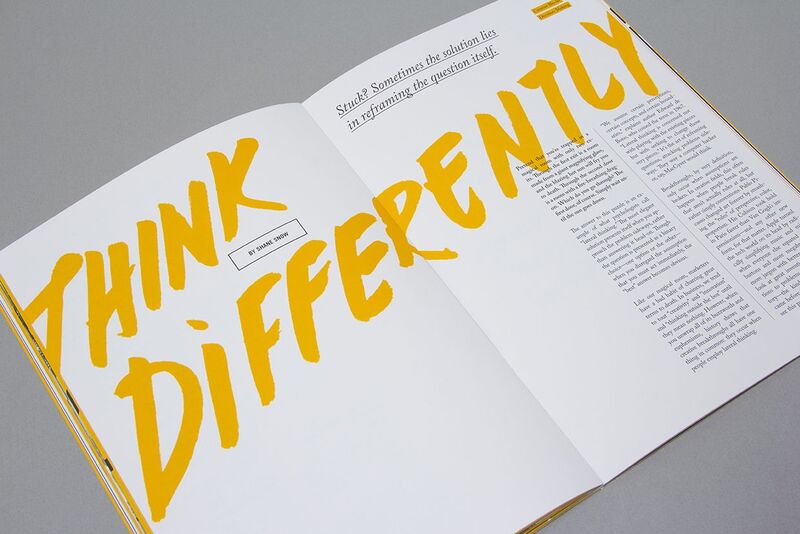Photo by Emme Nelson
Magazine Spreads
Check out the finished product: Bronc Nation Magazine Fall 2019, 2022
ASSIGNMENT:
During your first semester of journalism, you will need to write a profile of an individual of interest to the Bronc community or explore a topic relevant to high school life. This will include portions of writing, photographing, and designing a narrative feature story for a print magazine. Remember, regardless of what you choose, you must include an element of narrative. Tell a story with a beginning middle and end. Check out these examples.
EXAMPLE STORIES
LEARNING TARGETS:
• take a picture of a news article subject
• Write a news feature story
• demonstrate an understanding of the parts of a magazine layout
• choose/create a design that supports the content of the story
• display proficiency of InDesign (including the use of a grid, professional typography)
• explore principles of design including hierarchy, white space, alignment, contrast, proximity, scale and repetition
1st semester story option
OPTION 1: Person Profile
OPTION 2: Trend Stories
OPTION 3: What it means to be story
ARTICLE REQUIREMENTS
These profiles need to meet these requirements:
MAGAZINE LAYOUT REQUIREMENTS
These profiles need to meet these requirements:
ASSIGNMENT:
During your first semester of journalism, you will need to write a profile of an individual of interest to the Bronc community or explore a topic relevant to high school life. This will include portions of writing, photographing, and designing a narrative feature story for a print magazine. Remember, regardless of what you choose, you must include an element of narrative. Tell a story with a beginning middle and end. Check out these examples.
EXAMPLE STORIES
- "The Last Game" - Peter Soto, Shawnee Mission Northwest High School
- "Paper and pencil evolves into smartphones and laptops at MHS" - Abbe Pannucci, Middletown High School
- "Backed by Brothers" - Lauren Roederer, Introduction to Journalism
- "Why High School Students Need More Than College Prep" - Claudio Sanchez, NPR
- "Dismissing the Risks of a Dangerous Habit" - Matt Richtel, New York Times
LEARNING TARGETS:
• take a picture of a news article subject
• Write a news feature story
• demonstrate an understanding of the parts of a magazine layout
• choose/create a design that supports the content of the story
• display proficiency of InDesign (including the use of a grid, professional typography)
• explore principles of design including hierarchy, white space, alignment, contrast, proximity, scale and repetition
1st semester story option
OPTION 1: Person Profile
- Think of a person from this school who you think is worthy of having a feature story written about them. This could be a teacher, a student, an administrator, or even a support staff, and the subject could be about anything: a passion, a sport, a position or job, or anything that makes that person unique. Interview that person with these two goals in mind.
- Make the reader feel like they know the person you’re profiling.
- Make the reader feel like they’re there with the person you’re profiling.
- The first goal is going to be achieved through your sharing of details about the person’s life–background information that your reader would like to know about your subject. You’ll have to do research on your subject, most of which will come from a fairly long conversation with that person about their life. You’ll need to take notes so you can get the details correct when you go to write your story.
Letting your reader sit down with your subject
The second goal is something you’ll achieve through quotes. You’ll want to write down exact words your subject says during your interview. Then you’ll pick precise words to share in your article so your reader feels like they’re talking with your subject. Quotes should dominate the text of a good profile article.
The Interview - Before tackling this assignment, read the chapter called “The Interview” by William Zinsser’s On Writing Well. His tips and suggestions are essential.
- Go into your interview with at least 8 open ended questions prepared + as many closed or information questions as you think you need. Anything less indicates you’re not ready to conduct the interview.
OPTION 2: Trend Stories
- Examine a topic or issue that is having an impact/importance on school society. Interview at least one person to give insight on this trend. Remember, there still needs to be a narrative element to the article.
- Examples: music, fashion, internet, homework, apps.
- So, you might choose "STRESS" as your topic. End up writing a story about how one student uses yoga and meditation to cope with school and life stress then include 3-5 other student's short statements on how they handle as supplementary/modular elements.
- Use a similar preparation method to come up with interview questions.
OPTION 3: What it means to be story
- Examine a person or people who are part of a group, club or organization. Write a story that explores what unifies that group or "opens a window" from that group to the rest of the world. (e.g. what it means to be a cross country runner, or what it means to be a gamer, or what it means to be a musician.)
- Again, a narrative structure is required for your article.
ARTICLE REQUIREMENTS
These profiles need to meet these requirements:
- Length: 400-600 words
- Builds around quotes from the subject (make it a goal for 30% of the article to be quotes)
- Uses a clear narrative structre
- Includes a headline, deck, artistic lead, nut graf, journalistic paragraph structure
- Rubric
MAGAZINE LAYOUT REQUIREMENTS
These profiles need to meet these requirements:
- Incorporates clear elements of hierarchy, contrast, alignment, and negative space
- Includes at least one photo taken by you to accompany the story, but additional photos can be contributed by the subject
- Must include at least 2 "graphic design" elements (e.g. lines, shapes, arrows, boxes)
- Includes an inset quote
- Includes at least 2 columns of text
- Selects fonts for clarity, style, and readability
Rubric |
Video Tutorials |
|
Article
|
|
